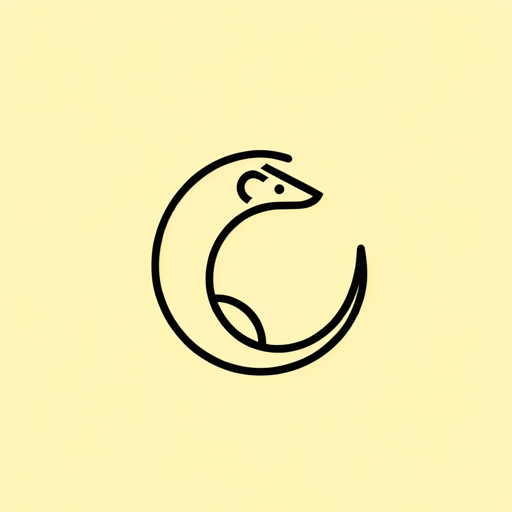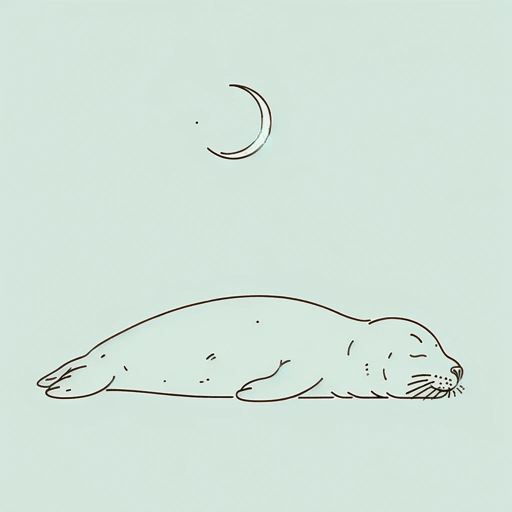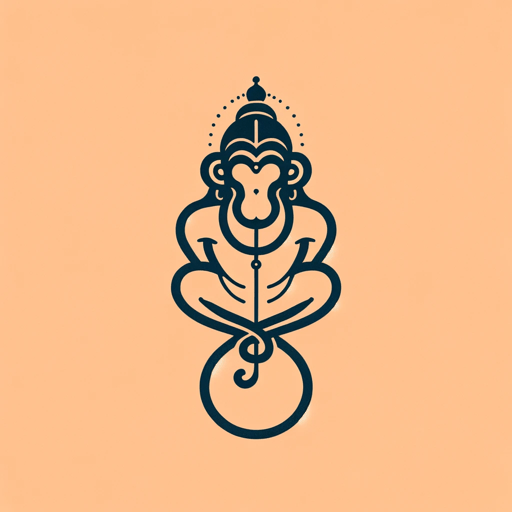24 pages • 48 minutes read
Rudyard KiplingThe Mark Of The Beast
Fiction | Short Story Collection | Adult | Published in 1890A modern alternative to SparkNotes and CliffsNotes, SuperSummary offers high-quality Study Guides with detailed chapter summaries and analysis of major themes, characters, and more.
Symbols & Motifs
The Mark of the Beast
The titular symbol represents the cultural rift between the English and the native Indian cultures. Each culture understands the mark of the beast differently. The Indians at the temple see Fleete as the true example of ignorance and uncivility. He is the beast who uses his cigar to mark and desecrate Hanuman, their venerated god. Strickland and the narrator see the Silver Man as a beast: a diseased creature that has lost its humanity. The two become beasts when they disregard the law, subdue the Silver Man as they would an animal, and violate him. Ironically, given the brutality they commit, they give the Silver Man a sheet to cover his nakedness to conform the Silver Man to their own now-stained English standards of morality.
Despite his physical repulsiveness, the Silver Man embodies the power of the deity: His bite marks Fleete with Hanuman’s revenge. Fleete’s mark appears as a “perfect double of the black rosettes—the five or six irregular blotches arranged in a circle—on a leopard’s hide” (243). The mark is literally identical to the mark of an animal.
Related Titles
By Rudyard Kipling

If—
Rudyard Kipling

Kim
Rudyard Kipling

Lispeth
Rudyard Kipling

Rikki Tikki Tavi
Rudyard Kipling

Seal Lullaby
Rudyard Kipling

The Conundrum of the Workshops
Rudyard Kipling

The Jungle Book
Rudyard Kipling

The Man Who Would Be King
Rudyard Kipling

The White Man's Burden
Rudyard Kipling

